
一、前言
Redis是一个内存键值对数据库,所以对于内存的管理尤为重要。Redis内部对于内存的管理主要包含两个方向,过期删除策略和数据淘汰策略。由于内存有限,缓存系统必须遵循一些淘汰策略来删除一些不再需要的键,以便为新键腾出空间。在Redis中,缓存淘汰策略是由maxmemory和maxmemory-policy两个配置参数控制的。
二、淘汰策略原理
所谓数据淘汰是指在Redis内存使用达到一定阈值的时候,执行某种策略释放内存空间,以便于接收新的数据。内存可使用空间由配置参数maxmemory决定(单位mb/GB)。故又叫"最大内存删除策略",也叫"缓存删除策略"。
1. 内存上限配置
Redis 的最大内存上限可以在配置文件 redis.conf 中配置,redis.conf 配置如下:
# maxmemory <bytes>设置 maxmemory 为 0 表示没有内存限制。在 64 位系统中,默认是 0 无限制,但是在 32 位系统中默认是 3GB。
2. 淘汰策略配置
淘汰策略配置maxmemory-policy,表示当内存达到maxmemory时,将执行配置的淘汰策略,由redis.c/freeMemoryIfNeeded 函数实现数据淘汰逻辑。
3. maxmemory-policy配置
# maxmemory-policy noeviction4. freeMemoryIfNeeded逻辑处理
int freeMemoryIfNeeded(void) {
size_t mem_used, mem_tofree, mem_freed;
int slaves = listLength(server.slaves);
/* Remove the size of slaves output buffers and AOF buffer from the count of used memory.*/
// 计算出 Redis 目前占用的内存总数,但有两个方面的内存不会计算在内:
// 1)从服务器的输出缓冲区的内存
// 2)AOF 缓冲区的内存
mem_used = zmalloc_used_memory();
if (slaves) {
listIter li;
listNode *ln;
listRewind(server.slaves,&li);
while((ln = listNext(&li))) {
redisClient *slave = listNodeValue(ln);
unsigned long obuf_bytes = getClientOutputBufferMemoryUsage(slave);
if (obuf_bytes > mem_used)
mem_used = 0;
else
mem_used -= obuf_bytes;
}
}
if (server.aof_state != REDIS_AOF_OFF) {
mem_used -= sdslen(server.aof_buf);
mem_used -= aofRewriteBufferSize();
}
/* Check if we are over the memory limit. */
// 如果目前使用的内存大小比设置的 maxmemory 要小,那么无须执行进一步操作
if (mem_used <= server.maxmemory) return REDIS_OK;
// 如果占用内存比 maxmemory 要大,但是 maxmemory 策略为不淘汰,那么直接返回
if (server.maxmemory_policy == REDIS_MAXMEMORY_NO_EVICTION)
return REDIS_ERR; /* We need to free memory, but policy forbids. */
/* Compute how much memory we need to free. */
// 计算需要释放多少字节的内存
mem_tofree = mem_used - server.maxmemory;
// 初始化已释放内存的字节数为 0
mem_freed = 0;
// 根据 maxmemory 策略,
// 遍历字典,释放内存并记录被释放内存的字节数
while (mem_freed < mem_tofree) {
int j, k, keys_freed = 0;
// 遍历所有字典
for (j = 0; j < server.dbnum; j++) {
long bestval = 0; /* just to prevent warning */
sds bestkey = NULL;
dictEntry *de;
redisDb *db = server.db+j;
dict *dict;
if (server.maxmemory_policy == REDIS_MAXMEMORY_ALLKEYS_LRU ||
server.maxmemory_policy == REDIS_MAXMEMORY_ALLKEYS_RANDOM)
{
// 如果策略是 allkeys-lru 或者 allkeys-random
// 那么淘汰的目标为所有数据库键
dict = server.db[j].dict;
} else {
// 如果策略是 volatile-lru 、 volatile-random 或者 volatile-ttl
// 那么淘汰的目标为带过期时间的数据库键
dict = server.db[j].expires;
}
// 跳过空字典
if (dictSize(dict) == 0) continue;
/* volatile-random and allkeys-random policy */
// 如果使用的是随机策略,那么从目标字典中随机选出键
if (server.maxmemory_policy == REDIS_MAXMEMORY_ALLKEYS_RANDOM ||
server.maxmemory_policy == REDIS_MAXMEMORY_VOLATILE_RANDOM)
{
de = dictGetRandomKey(dict);
bestkey = dictGetKey(de);
}
/* volatile-lru and allkeys-lru policy */
// 如果使用的是 LRU 策略,
// 那么从一集 sample 键中选出 IDLE 时间最长的那个键
else if (server.maxmemory_policy == REDIS_MAXMEMORY_ALLKEYS_LRU ||
server.maxmemory_policy == REDIS_MAXMEMORY_VOLATILE_LRU)
{
struct evictionPoolEntry *pool = db->eviction_pool;
while(bestkey == NULL) {
evictionPoolPopulate(dict, db->dict, db->eviction_pool);
/* Go backward from best to worst element to evict. */
for (k = REDIS_EVICTION_POOL_SIZE-1; k >= 0; k--) {
if (pool[k].key == NULL) continue;
de = dictFind(dict,pool[k].key);
/* Remove the entry from the pool. */
sdsfree(pool[k].key);
/* Shift all elements on its right to left. */
memmove(pool+k,pool+k+1,
sizeof(pool[0])*(REDIS_EVICTION_POOL_SIZE-k-1));
/* Clear the element on the right which is empty since we shifted one position to the left. */
pool[REDIS_EVICTION_POOL_SIZE-1].key = NULL;
pool[REDIS_EVICTION_POOL_SIZE-1].idle = 0;
/* If the key exists, is our pick. Otherwise it is a ghost and we need to try the next element. */
if (de) {
bestkey = dictGetKey(de);
break;
} else {
/* Ghost... */
continue;
}
}
}
}
/* volatile-ttl */
// 策略为 volatile-ttl ,从一集 sample 键中选出过期时间距离当前时间最接近的键
else if (server.maxmemory_policy == REDIS_MAXMEMORY_VOLATILE_TTL) {
for (k = 0; k < server.maxmemory_samples; k++) {
sds thiskey;
long thisval;
de = dictGetRandomKey(dict);
thiskey = dictGetKey(de);
thisval = (long) dictGetVal(de);
/* Expire sooner (minor expire unix timestamp) is better candidate for deletion */
if (bestkey == NULL || thisval < bestval) {
bestkey = thiskey;
bestval = thisval;
}
}
}
/* Finally remove the selected key. */
// 删除被选中的键
if (bestkey) {
long long delta;
robj *keyobj = createStringObject(bestkey,sdslen(bestkey));
propagateExpire(db,keyobj);
// 计算删除键所释放的内存数量
delta = (long long) zmalloc_used_memory();
dbDelete(db,keyobj);
delta -= (long long) zmalloc_used_memory();
mem_freed += delta;
// 对淘汰键的计数器增一
server.stat_evictedkeys++;
notifyKeyspaceEvent(REDIS_NOTIFY_EVICTED, "evicted",
keyobj, db->id);
decrRefCount(keyobj);
keys_freed++;
/* When the memory to free starts to be big enough, we may */
/* start spending so much time here that is impossible to */
/* deliver data to the slaves fast enough, so we force the */
/* transmission here inside the loop. */
if (slaves) flushSlavesOutputBuffers();
}
}
if (!keys_freed) return REDIS_ERR; /* nothing to free... */
}
return REDIS_OK;
}策略例子:
maxmemory 10mb
maxmemory-policy volatile-lru在此示例中,当Redis的内存使用达到10MB时,Redis将从过期的键中使用LRU算法进行淘汰。
三、淘汰策略分类
Redis 提供了一种内存淘汰策略,当内存不足时,Redis 会根据相应的淘汰规则对 key 数据进行淘汰。Redis 的内存淘汰策略共有 8 种具体的淘汰策略,默认的策略为 noeviction,当内存使用达到阈值的时候, 所有引起申请内存的命令会报错。8 种淘汰策略如下所示。
-
noeviction:当内存不足时,禁止淘汰数据,写入操作报错。这是 Redis 默认的内存淘汰策略。
-
volatile-lru:当内存不足时,从设置了过期时间的 key 中使用 LRU 算法,选出最近使用最少的数据进行淘汰;
-
allkeys-lru:当内存不足时,从所有 key 中使用 LRU 算法,选出最近使用最少的数据进行淘汰;
-
volatile-lfu:当内存不足时,从设置了过期时间的 key 中使用 LFU 算法,选出使用频率最低的数据进行淘汰;
-
allkeys-lfu:当内存不足时,从所有 key 中使用 LFU 算法,选出使用频率最低的数据,进行淘汰;
-
volatile-random:当内存不足时,从设置了过期时间的 key 中,随机选出数据进行淘汰;
-
allkeys-random:当内存不足时,从所有的 key 中,随机选出数据进行淘汰;
-
volatile-ttl:当内存不足时,从设置了过期时间的 key 中,选出即将过期的数据(按照过期时间的先后,选出最先过期的数据)进行淘汰;
前缀为 volatile- 和 allkeys- 的区别在于二者选择要清除的键时的字典不同,volatile- 前缀的策略表示从 redisDb 中的过期字典中选择键进行清除;allkeys- 开头的策略代表从 dict 字典中选择键进行清除。
策略中用到的两种算法:
LRU(Least Recently Used):最近最少使用。优先淘汰使用时间最远的数据。
LFU(Least Frequently Used):最小频率使用。优先淘汰最不常用的 Key。
淘汰策略的选择
存在冷热数据区别,即意味着访问频率存在较大差异,4.0及以上版本建议选择allkeys-lfu策略,但要设置lfu-decay-time 计数衰减值,一般默认1,这样可避免缓存污染现象;3.0及以下版本建议选择allkeys-lru策略。
LFU访问计数衰减配置
# The counter decay time is the time, in minutes, that must elapse in order
# for the key counter to be divided by two (or decremented if it has a value
# less <= 10).
#
# The default value for the lfu-decay-time is 1. A special value of 0 means to
# decay the counter every time it happens to be scanned.
#
lfu-decay-time 1内存淘汰的工作步骤
-
客户端执行一条新命令,导致数据库需要增加数据(比如 set key value);
-
Redis 会检查内存使用情况,如果内存使用超过 maxmemory 设置的值,就会按照内存淘汰策略删除一些 key;
-
新的命令执行成功。
四、过期删除策略
众所周知,在Redis的实际使用过程中,为了让可贵的内存得到更高效的利用,我们提倡给每一个key配置合理的过期时间,以避免因内存不足,或因数据量过大而引发的请求响应延迟甚至是不可用等问题。
过期时间底层原理:当key设置了过期时间,Redis内部会将这个key带上过期时间放入过期字典(expires)中,当进行查询时,会先在过期字典中查询是否存在该键,若存在则与当前UNIX时间戳做对比来进行过期时间判定。
常见删除方式
定时删除:在写入key之后,根据否配置过期时间生成特定的定时器,定时器的执行时间就是具体的过期时间。用CPU性能换去内存存储空间——即用时间获取空间
定期删除:提供一个固定频率的定时器,执行时扫描所有的key进行过期检查,满足条件的就进行删除。
惰性删除:数据不做及时释放,待下一次接收到读写请求时,先进行过期检查,若已过期则直接删除。用内存存储空间换取CPU性能——即用空间换取时间。

Redis过期删除策略
由上述三种常用的删除方式对比结果可知,单独的使用任何一种方式都不能达到比较理想的结果,因此Redis的作者在设计过期删除策略的时候,结合了定期删除与惰性删除两种方式来完成。
定期删除:内部通过redis.c/activeExpireCycle函数,以一定的频率运行,每次运行从数据库中随机抽取一定数量的key进行过期检查,若检查通过,则对该数据进行删除。在2.6版本中,默认每秒10次,在2.8版本后可通过redis.config配置文件的hz属性对频率进行设置,,官方建议数值不要超过100,否则将对CPU性能有重大影响。
# The range is between 1 and 500, however a value over 100 is usually not
# a good idea. Most users should use the default of 10 and raise this up to
# 100 only in environments where very low latency is required.
hz 10惰性删除:内部通过redis.c/expireIfNeeded函数,在每次执行读写操作指令之前,进行过期检查。若已设置过期时间且已过期,则删除该数据。

由表格可知,这两种方式的结合,能很好的解决过期数据滞留内存的问题,同时也很好的保证了数据的一致性,保证了内存使用的高效与CPU的性能。
过期删除策略引起的脏读现象
-
在单节点实例模式下,因为Redis是单线程模型,所以过期策略可以保证数据一致性。
-
在集群模式下,过期删除策略会引起脏读现象:
-
-
数据的删除在主库执行,从库不会执行。对于惰性删除策略来说,3.2版本以前,从库读取数据时哪怕数据已过期还是会返回数据,3.2版本以后,则会返回空。
-
对于定期删除策略,由于只是随机抽取了一定的数据,此时已过期但未被命中删除的数据在从库中读取会出现脏读现象。
-
过期时间命令EX|PX,在主从同步时,因为同步需要时间,就会导致主从库实际过期时间出现偏差。比如主库设置过期时间60s,但同步全量花费了1分钟,那么在从库接收到命令并执行之后,就导致从库key的过期时间整体跨越了两分钟,而此时主库在一分钟之前数据就已经过期了。EXAT|PXAT 命令来设置过期时间节点。这样可避免增量同步的发生。但需注意主从服务器时间一致。
-
在实际使用过程中,过期时间配置只是一种常规手段,当key的数量在短时间内突增,就有可能导致内存不够用。此时就需要依赖于Redis内部提供的淘汰策略来进一步的保证服务的可用性。

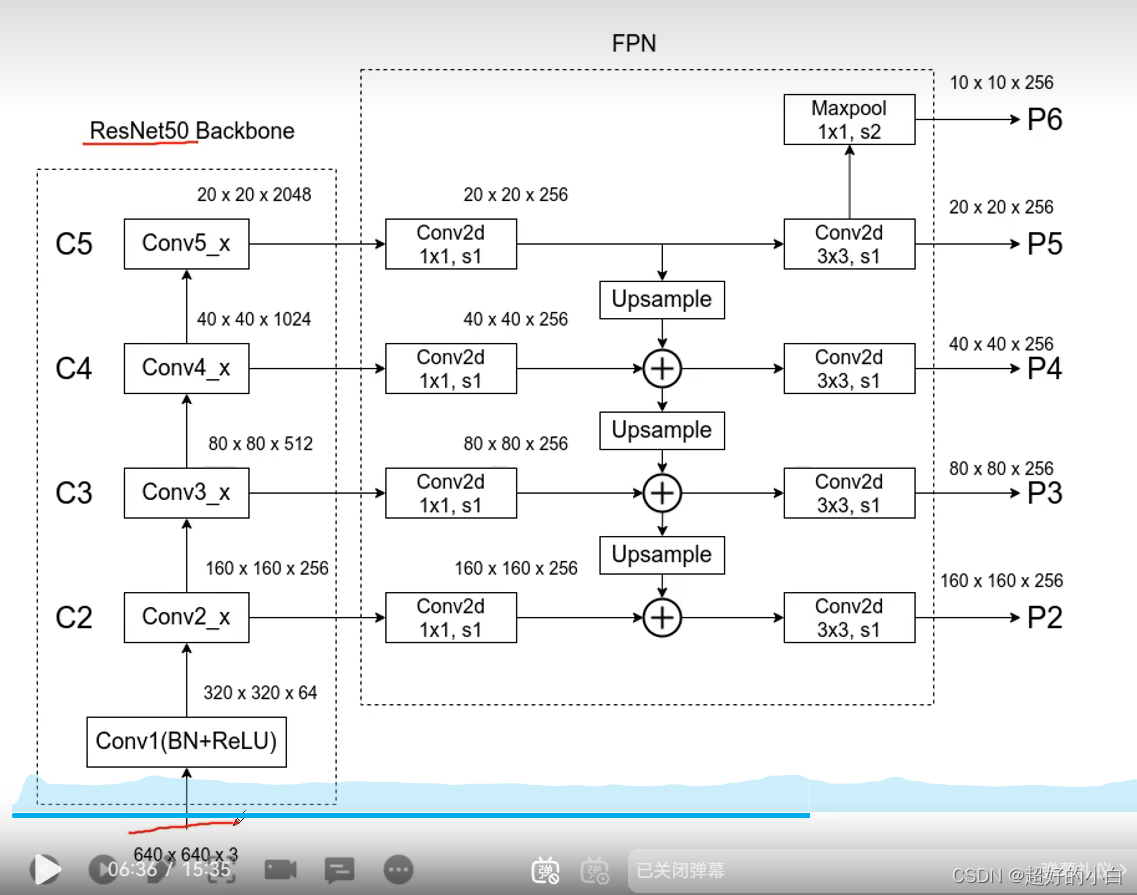
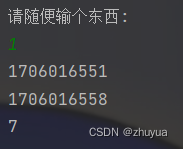


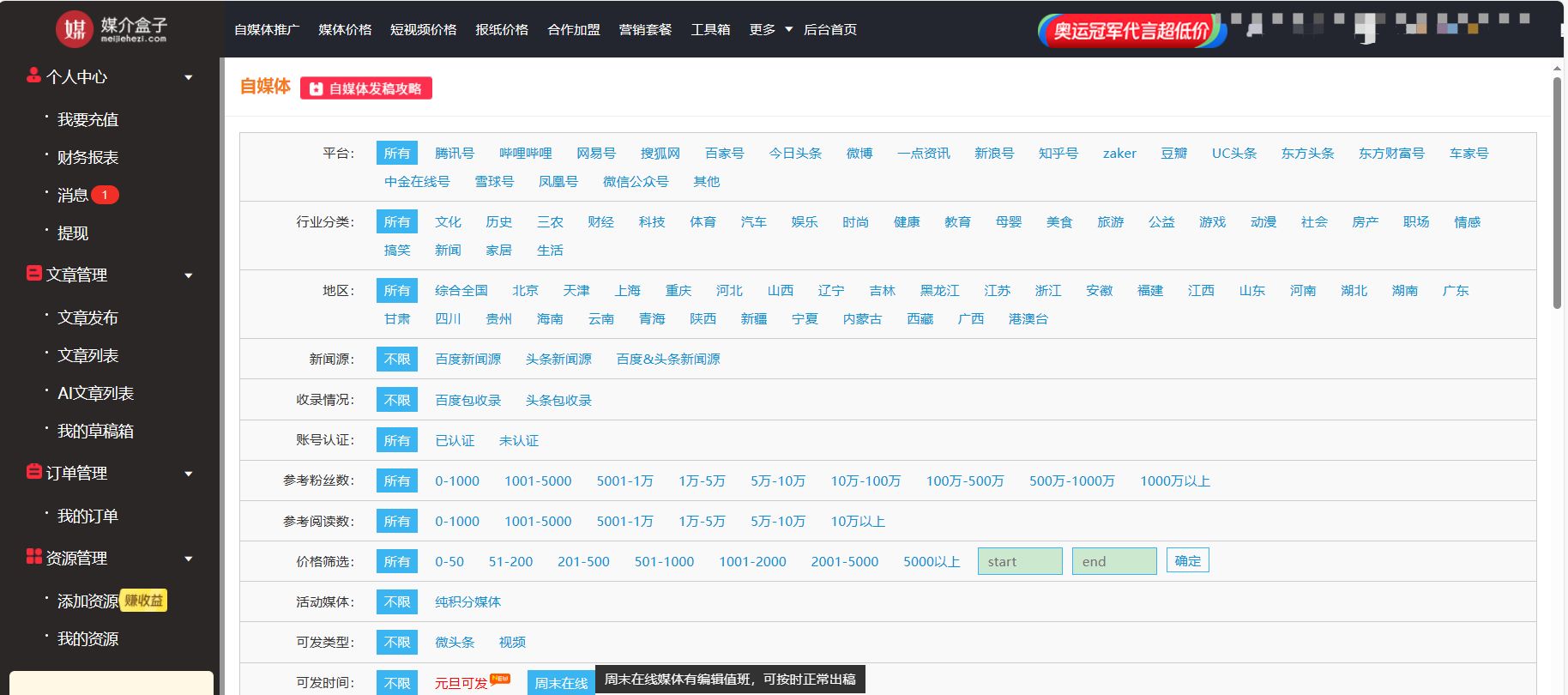


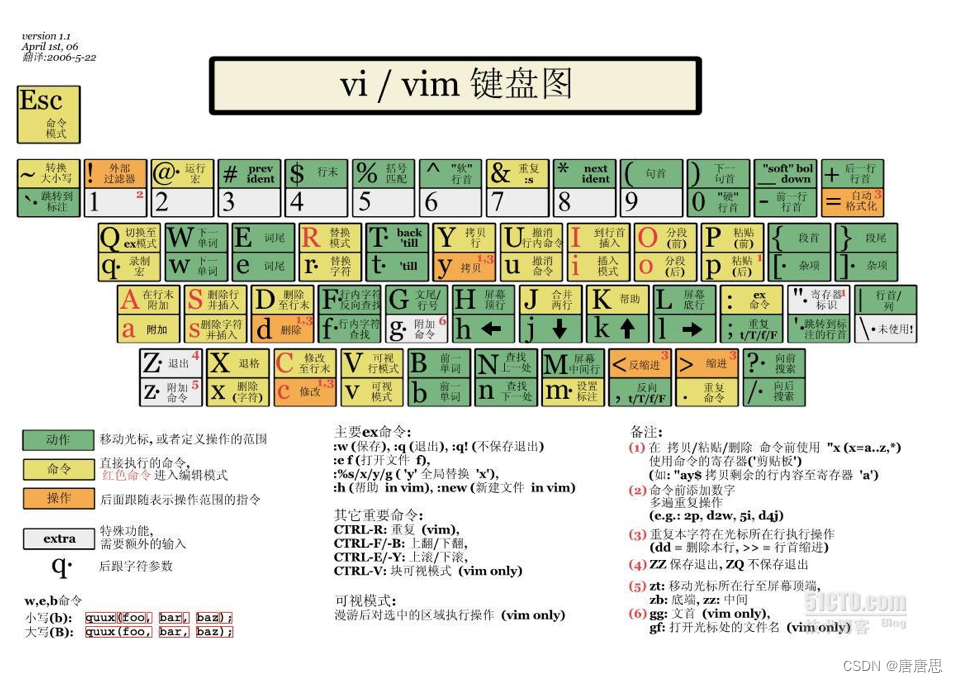
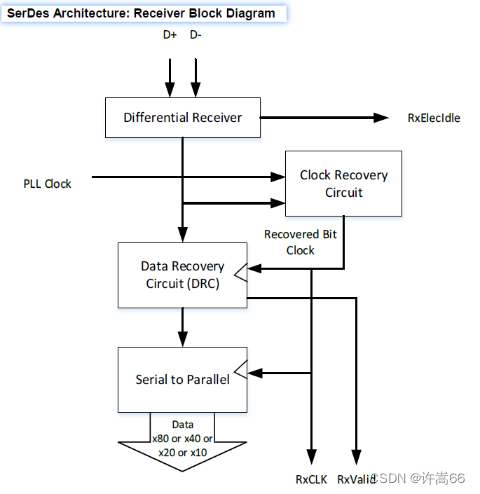
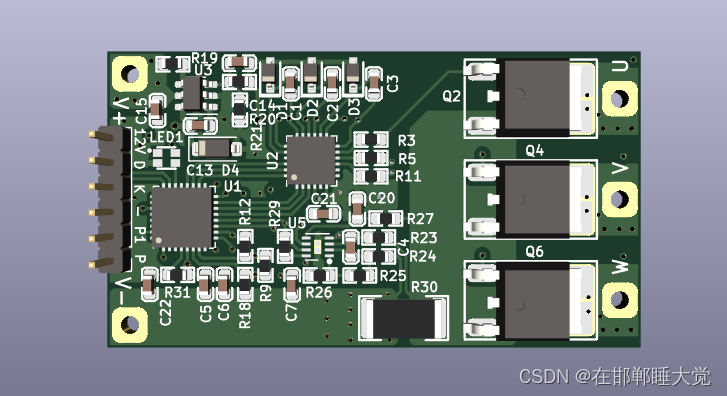

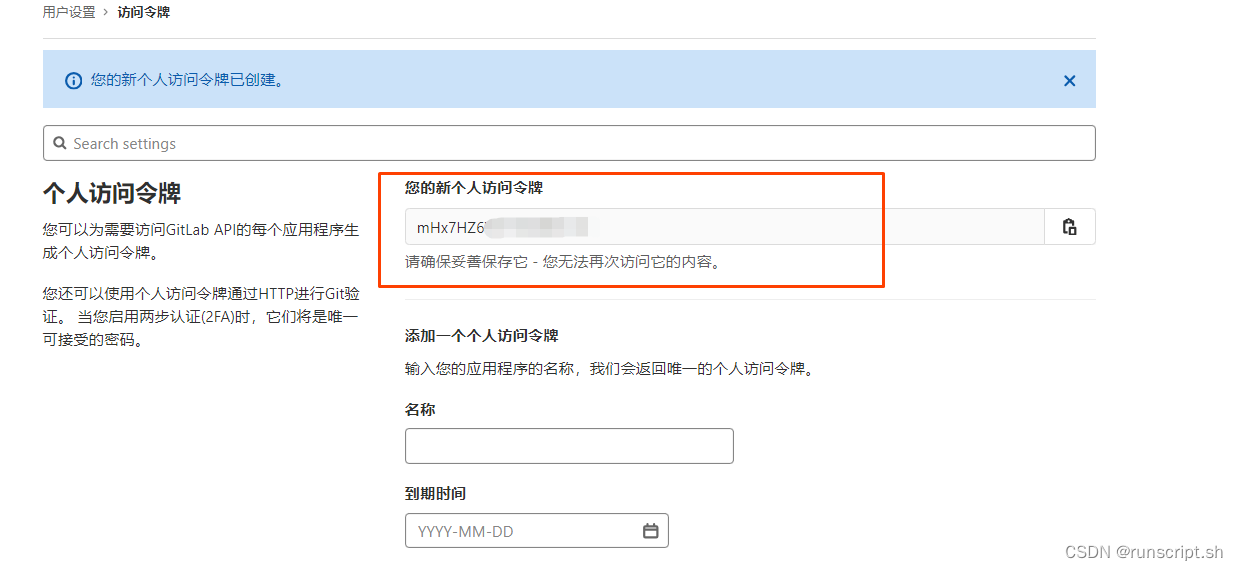
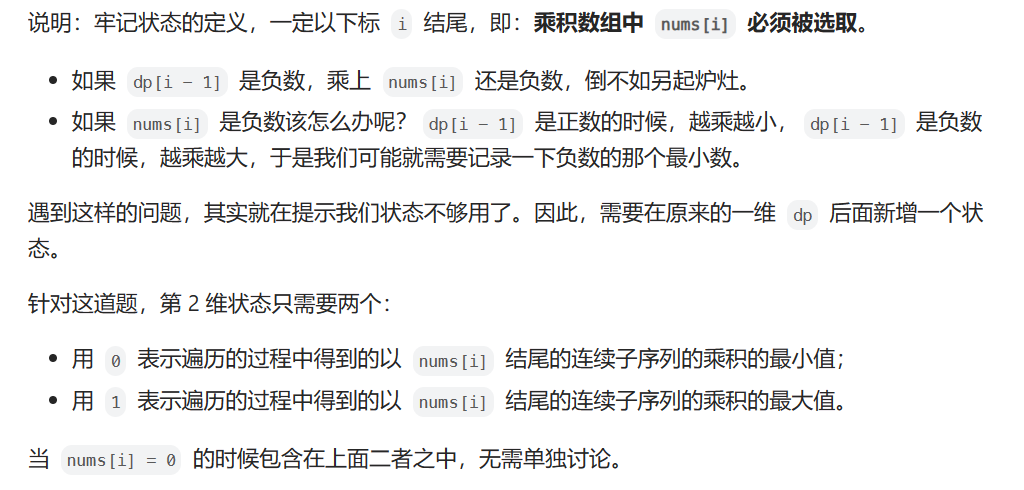

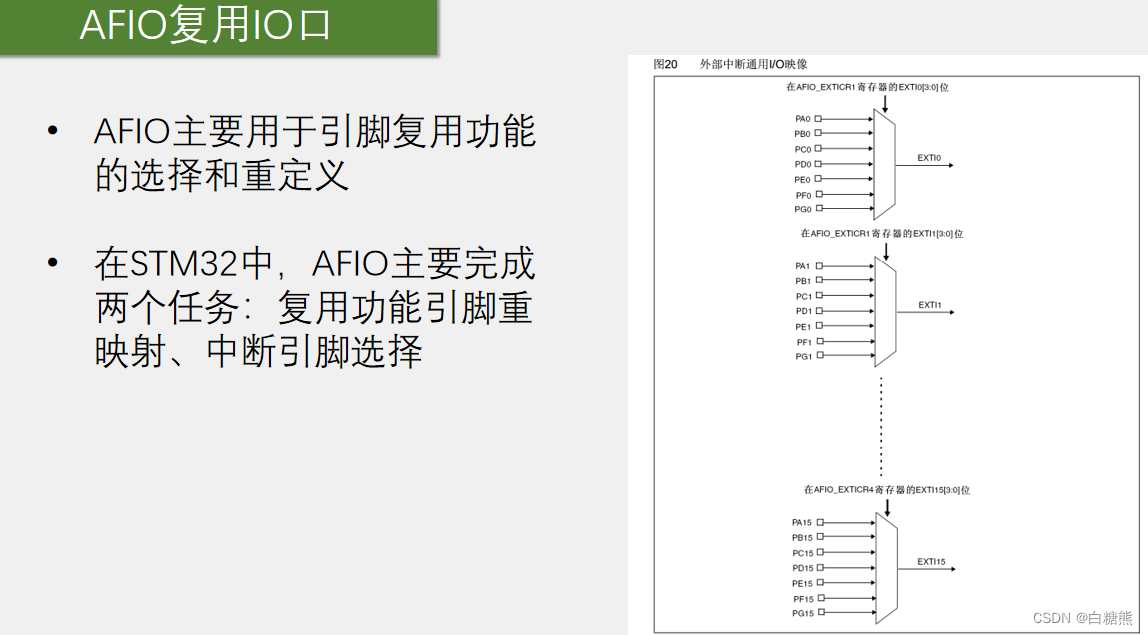
![[Python] scikit-learn - K近邻算法介绍和使用案例](https://img-blog.csdnimg.cn/direct/d4d4803f1e7c438c914d109263b54809.png)



![[每日一题] 01.23 - 画矩形](https://img-blog.csdnimg.cn/direct/250bda83656b4502b5ffa418821fba8c.png)